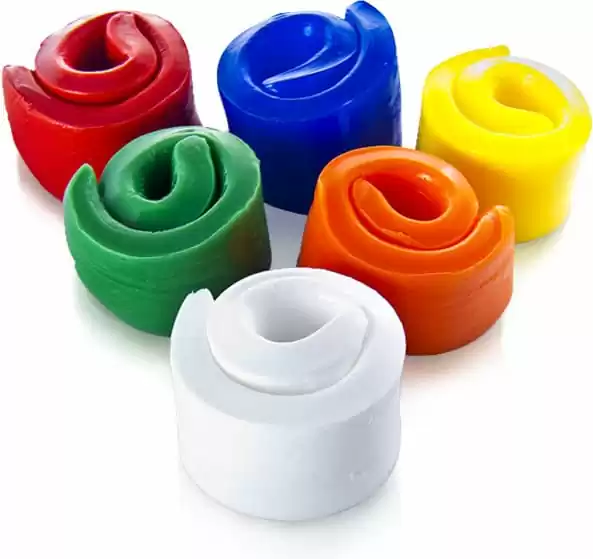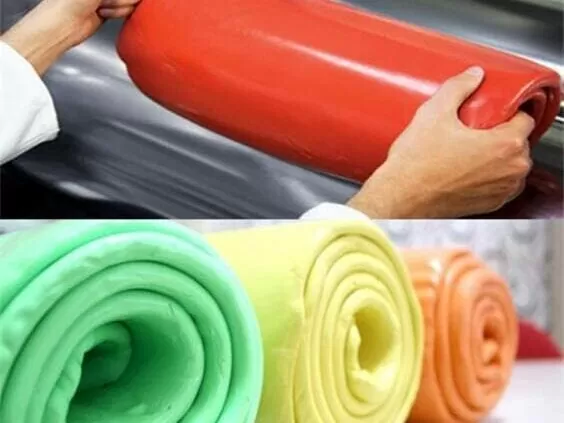Introduction
Compression molding is a widely utilized manufacturing technique used to produce consumer electronics products. Compression molding machines compress raw materials such as plastic or composites into desired shapes and sizes for production.
Compression molding offers numerous advantages for consumer electronics manufacturing, including producing parts with higher strength-to-weight ratios, temperature resistance, and complex geometries. However, to obtain optimal results it is vitally important that certain key factors be taken into account during the compression molding process.

This article will outline the key aspects of compression molding used in consumer electronics products, such as factors that impact its processes, mold design considerations, and requirements necessary to successfully compress plastic. Furthermore, we will outline its applications within consumer electronics products as well as highlight its benefits in producing high-quality parts at cost-effective rates.
Factors Affecting Compression Molding
Compression molding involves various factors that can significantly impact its process, so these must be taken into account to achieve desired quality and performance in the end product. Some key considerations related to compression molding include:
Raw Materials:
When it comes to compression molding, raw material play a huge role in both its quality and performance. For instance, using high-density polyethylene or glass fiber plastic material can significantly increase the strength and durability of molded parts.

Molding Material:
The molding material you choose during production can have a dramatic effect on its properties, and therefore on the final product itself. Sheet molding compound (SMC) is often employed when producing large flat parts while bulk molding compound (BMC) works better for creating intricate parts.
Mold Temperature:
The mold temperature during compression molding can have an enormous impact on material flow, curing time, and final properties of molded parts. Achieving desired shapes and structural integrity is only achievable with proper heating techniques and mold temperatures that enable molding at the appropriate levels.

Compression temperature and pressure:
Compression temperatures and pressures have an enormous impact on the final shape and properties of molded parts, so choosing an appropriate combination is critical for producing high-quality components. With no excess material being removed during production, an insufficient combination may lead to production errors that result in subpar parts.

Mold design:
When it comes to compression molding, mold design plays a significant role. A well-planned mold cavity can result in high-quality parts with few knit lines or excess flash.
Addressing these factors appropriately is paramount to achieving optimal results in compression molding. Ignoring these variables could result in inferior parts that don’t meet desired specifications; accordingly, manufacturers must assess each factor individually and devise a process to take these variables into account to guarantee successful compression molding.

Requirements for Compression Molding
Raw materials and molding materials play a significant role in the compression molding process. Common raw materials used in compression molding include plastic materials, composite materials, and thermoset materials. Molding materials, such as sheet molding compound (SMC) and bulk molding compound (BMC), are also commonly used in compression molding.

The production process for compression molding involves several steps, including material preparation, molding, and post-processing. During material preparation, raw materials are mixed and formulated according to the desired properties of the final product. The material is then loaded into a heated cavity and compressed using a hydraulic press. Once the material has cured, excess material is removed, and the part is post-processed to achieve the desired finish.
Compression molding method offers several advantages over other molding processes, such as injection molding process. These advantages include the ability to produce intricate parts with high strength-to-weight ratios, temperature resistance, and excellent electrical properties. Compression molding is also ideal for producing large parts in high-volume production runs.
However, compression molding does have some disadvantages, such as longer cycle times, higher tooling costs, and limited material selection compared to injection molding. Additionally, the process may produce more waste due to excess flash and knit lines, which can impact production efficiency.

Overall, compression molding is an effective manufacturing process for producing high-quality, complex parts for consumer electronics. The choice of raw materials, molding materials, and post-processing techniques can significantly impact the final product’s properties and quality. It is essential to evaluate the advantages and disadvantages of compression molding in comparison to other molding processes to determine the optimal production method for specific applications.
Applications of Compression Molding in Consumer Electronics
Compression molding has numerous applications in consumer electronics manufacturing. Some examples of products produced via this method:
Electrical components:
Compression molding is often utilized for producing electrical components like insulators, connectors, and terminals that require high strength, temperature resistance, and superior electrical properties.

Engine Components:
Compression molding can also be used to produce engine components such as valve covers and oil pans that require high strength and temperature resistance, such as valve covers and oil pans.
Medical Devices:
Compression molding is an ideal method for manufacturing medical devices, including syringe bodies, IV catheters, and surgical instruments that require high precision, biocompatibility, and temperature resistance.
Compression molding offers many advantages in consumer electronics manufacturing, particularly its ability to produce complex geometries and intricate parts with high strength-to-weight ratios and temperature resistance. This makes compression molding an excellent process for producing components designed to withstand harsh environments and heavy use; additionally, multiple parts can be produced during one cycle, making compression molding an efficient method for high-volume production runs.

Compression molding provides additional advantages beyond these basic advantages, including the capability of adding fiber reinforcements such as glass fiber or carbon fiber for increased part strength and durability. Furthermore, material properties can be tailored specifically to meet each part’s requirements to provide parts that fulfill specific performance criteria.
Overall, compression molding is an innovative manufacturing technique with numerous advantages for producing complex parts for consumer electronics applications. Its ability to produce parts with high strength-to-weight ratios, temperature resistance, and complex geometries makes it suitable for use across numerous applications.

Conclusion
Compression molding of consumer electronics products requires careful consideration of several key factors. Mold design, material selection, and process parameters all play an integral part in producing cost-effective yet high-quality compression molded parts.
Proper mold design is integral in minimizing excess flash and knit lines and producing parts with the desired shape and structural integrity. Material selection – including raw materials as well as molding materials – plays a significant role in determining the final product’s properties and performance.
Process parameters, including mold temperature and molding pressure, must be appropriately managed to ensure consistent part quality. Heating techniques and post-processing steps may also affect the final product’s qualities and properties.
Assuming successful compression molding for consumer electronics requires appropriate mold design, material selection, and process parameters that meet desired requirements, manufacturers must carefully evaluate these factors to achieve high-quality, cost-effective compression molded parts that meet those criteria and satisfy desired specifications. By doing this they can produce high-performance consumer electronics products to meet rising consumer demand for innovative yet reliable technology products.



